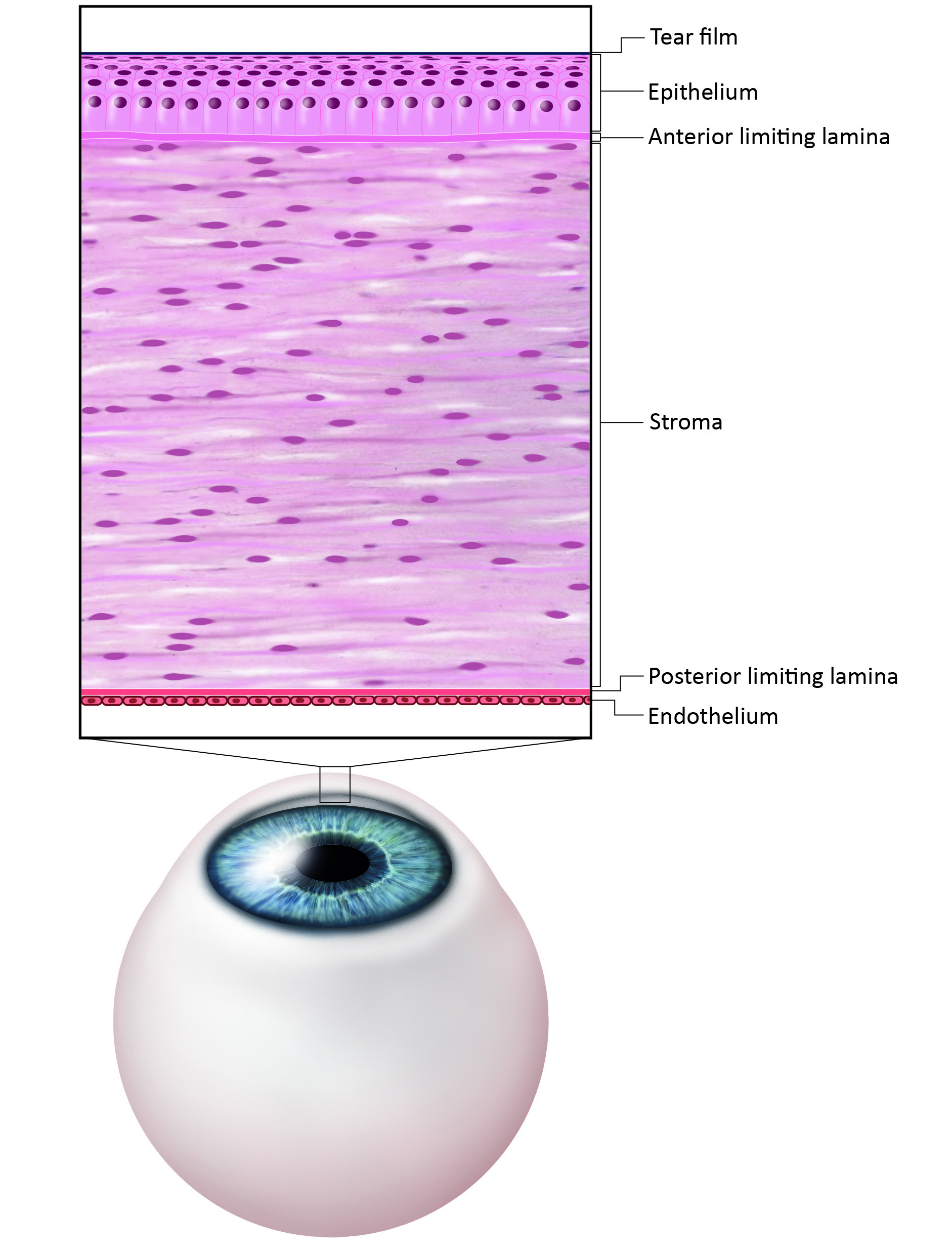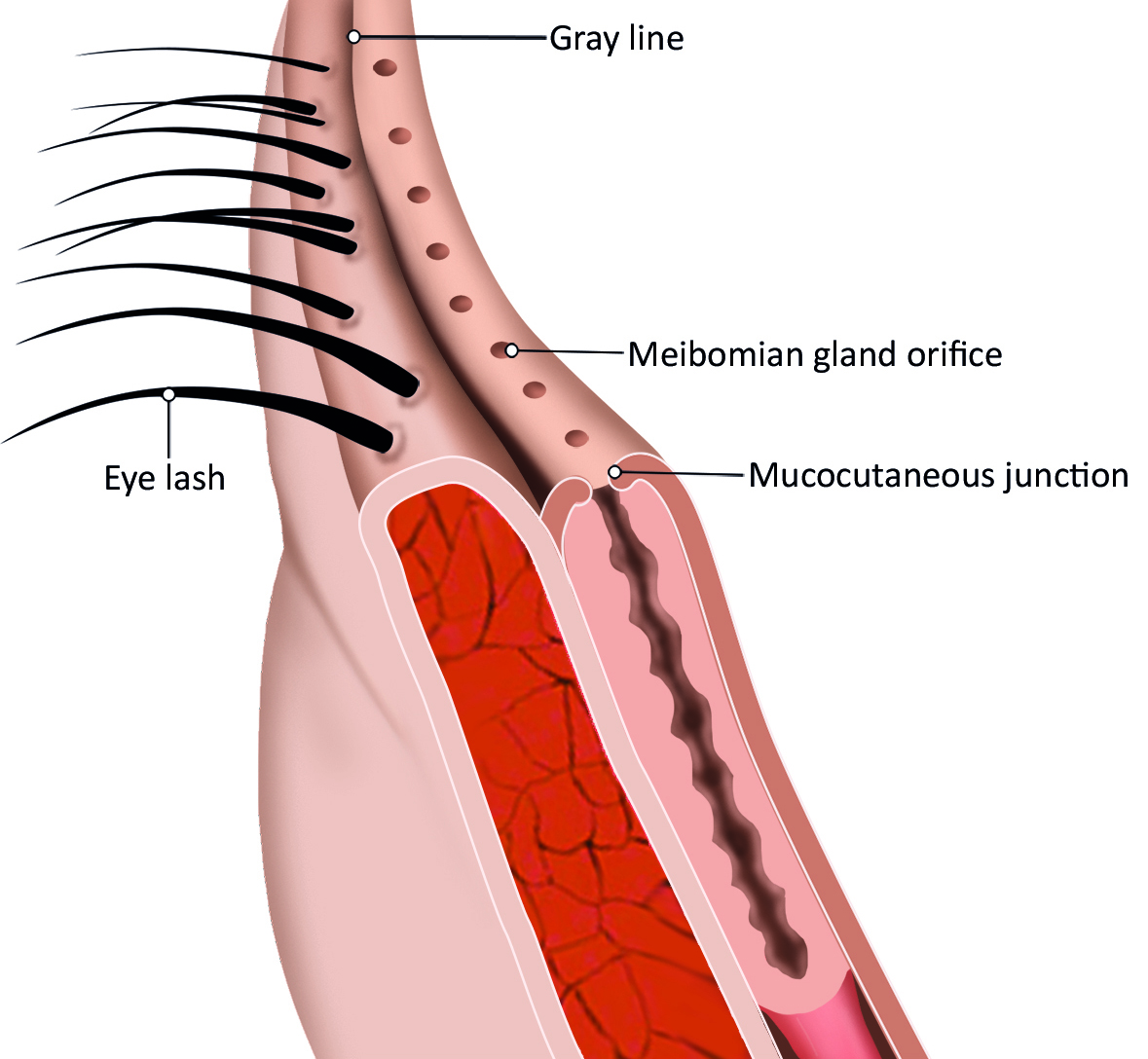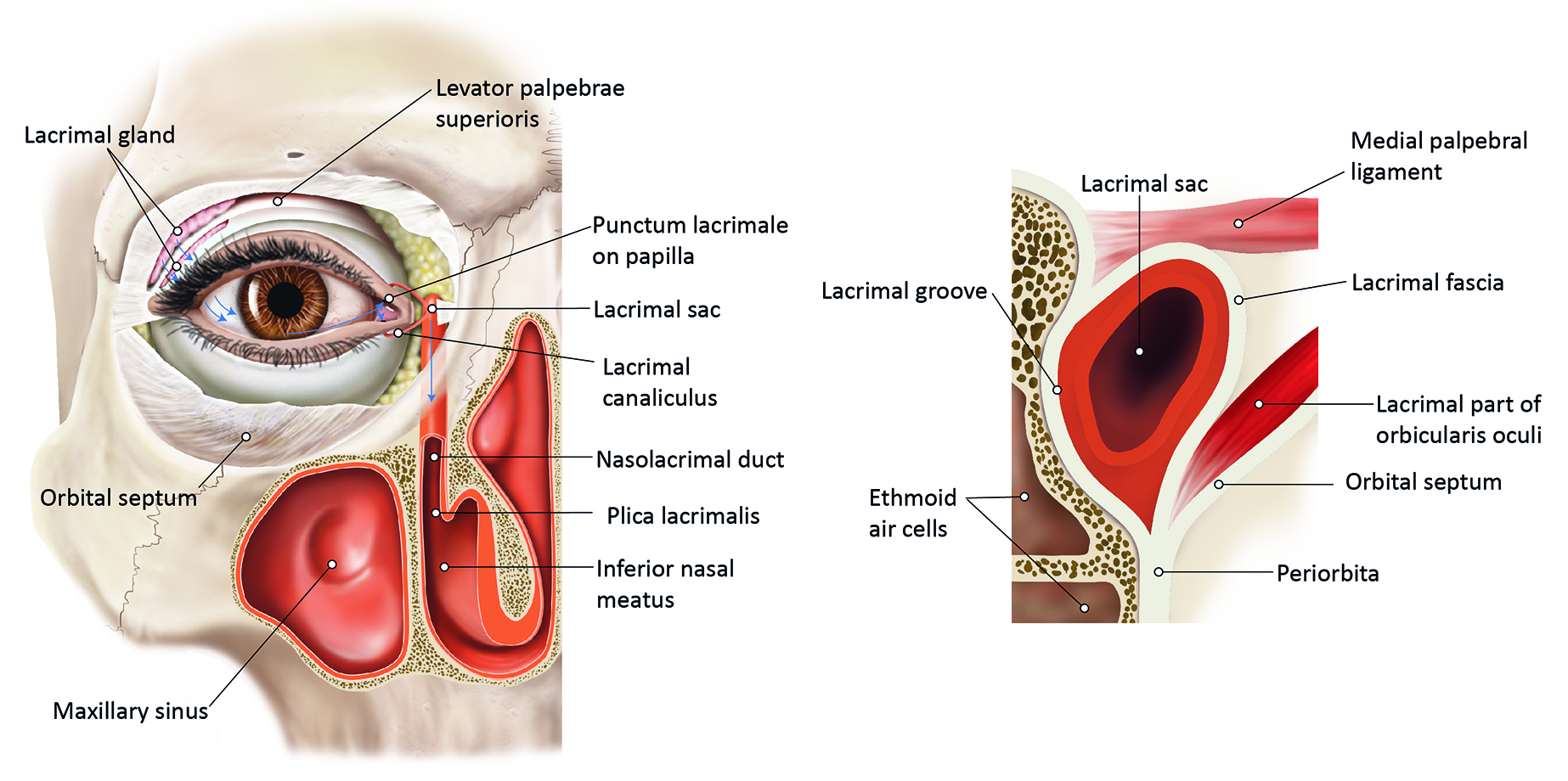In the issue of 04.02.22, Optician launched a major new CPD series that offers a overview of the newly released BCLA CLEAR papers. The CLEAR publications offer a comprehensive review of the published evidence base concerning all aspects of contact lens practice and represent an essential go-to reference for any clinician working in this field.
In part one of this series, Neil Retallic and Dr Debarun Dutta discussed the findings of the BCLA CLEAR regarding the anatomy and physiology of the eye1 and its relevance to contact lenses practice. This provided a timely reminder that biological changes to eye structure occur throughout life with age and in response to the environment. This means that clinical decision-making, such as lens selection or the prediction of possible future problems, should be linked to the individual’s needs to keep wearers healthy, happy and in a lifetime in contact lens wear.
The key images for this feature are reproduced here and the article may be accessed via the CPD section of opticianonline.net and here.

Figure 1: Traditional structure of the cornea (credit: BCLA)
Case for Discussion
A 54-year-old male patient attends your practice for their first eye examination and for a consultation regarding contact lens wear. As a low-sphere hyperope (refraction soon confirms their distance prescription to +1.00DS R&L), they have never felt the need for an eye examination. Until recently, they had been more than happy using ready-made readers for their near work, happily increasing the power as the years went by as required.
Recently, however, they have noticed that their distance vision might not be as good as they remember and, more annoying to them, are having to use an older, weaker reading spectacle (+1.25DS) for their desktop computer and a newer, stronger reader (+2.25DS) for close work. They are also convinced that they are coming to rely upon spectacles more and more which, as someone who clearly hates spectacles, they are not happy about.
Having been told by a friend that ‘nowadays, you can get contact lenses for all types of vision’ by a friend, they come to you for some expert advice about contact lenses as an alternative to spectacles.

Figure 2: Anatomy of the conjunctiva (credit: BCLA)
For your discussion, consider the following questions:
- What changes to the ocular surface and adnexa might you expect to see in this patient that would not be seen when they were a teenager?
- In what way might these changes have implications upon your decision to fit, what type of lens design and material, the wearing schedule, and what future problems might be predicted, if any?
- In an ideal world, in which you could have access to any instrumentation or data gathering technique, what tests would you want to undertake on this patient beyond refraction, keratometry or slit-lamp?
Figure 3: Anatomy of eyelid (credit: BCLA)


Figure 4 (a): Anatomy of lacrimal system.(b) Cross-section of the lacrimal sac and associated drainage structures (credit: BCLA)
Interactive CPD Instructions
In order to be able to log one provider-led interactive CPD point to your MyCPD account, this is what you need to do:
- Make sure you have read the article ‘BCLA CLEAR – 1. Anatomy and physiology of the eye’ by Neil Retallic and Dr Debarun Dutta
- Arrange a time to undertake a discussion on the subject with a similarly qualified registrant; another optometrist or dispensing optician
- Read the case scenario and questions (above) and use them as the basis for the discussion with your colleague. Note, the discussion needs to address each of the questions outlined above and must be for longer than 10 minutes
- When finished, you then need to send an email to opticiancpd@markallengroup.com as follows;
- Subject box should state ‘CLEAR Interactive 1’
- Please state your name and GOC number
- Please state the name and GOC number of the person you discussed the matter with
- Please confirm you had read the source material
- Please include a summary of your discussion, explaining your views and thoughts on each of the three discussion questions
- Each submission will be read individually and, where needed, feedback will be given directly. Where the submission meets a required standard, you will receive an email confirming this, which you can then use as evidence of completion allowing you to log one distance learning interactive CPD point.
- A summary of the responses and discussions will appear in a future issue of Optician with comment from the authors.
- Neil Retallic works for Menicon and the College of Optometrists. He has been involved with various organisations across the sector and is currently part of the GOC Education Committee, president elect of the BCLA and a past chair of the British and Irish University and College Contact Lens Educators. He has been awarded fellowships from the BCLA and IACLE.
Reference (source material):
- Downie, LE; Bandlitz, S; Bergmanson, JPG; Craig, JP; Dutta, D; Maldonado-Codina, C; Ngo, W; Siddireddy, JS; Wolffsohn, JS. CLEAR – Anatomy and physiology of the anterior eye. Contact Lens & Anterior Eye; 2021, 44, 132-156.
Available for download at: doi:https://doi.org/10.1016/j.clae.2021.02.009
